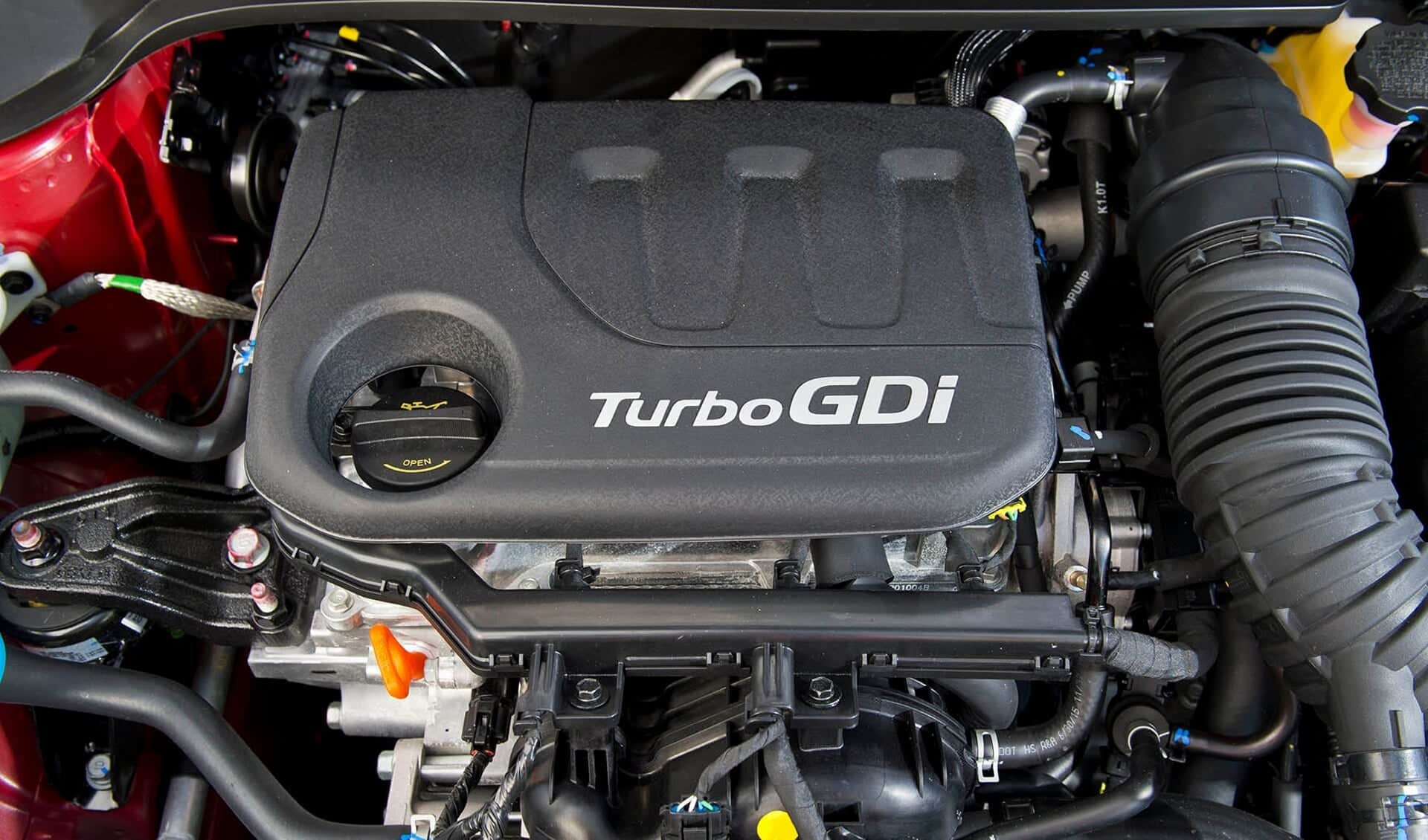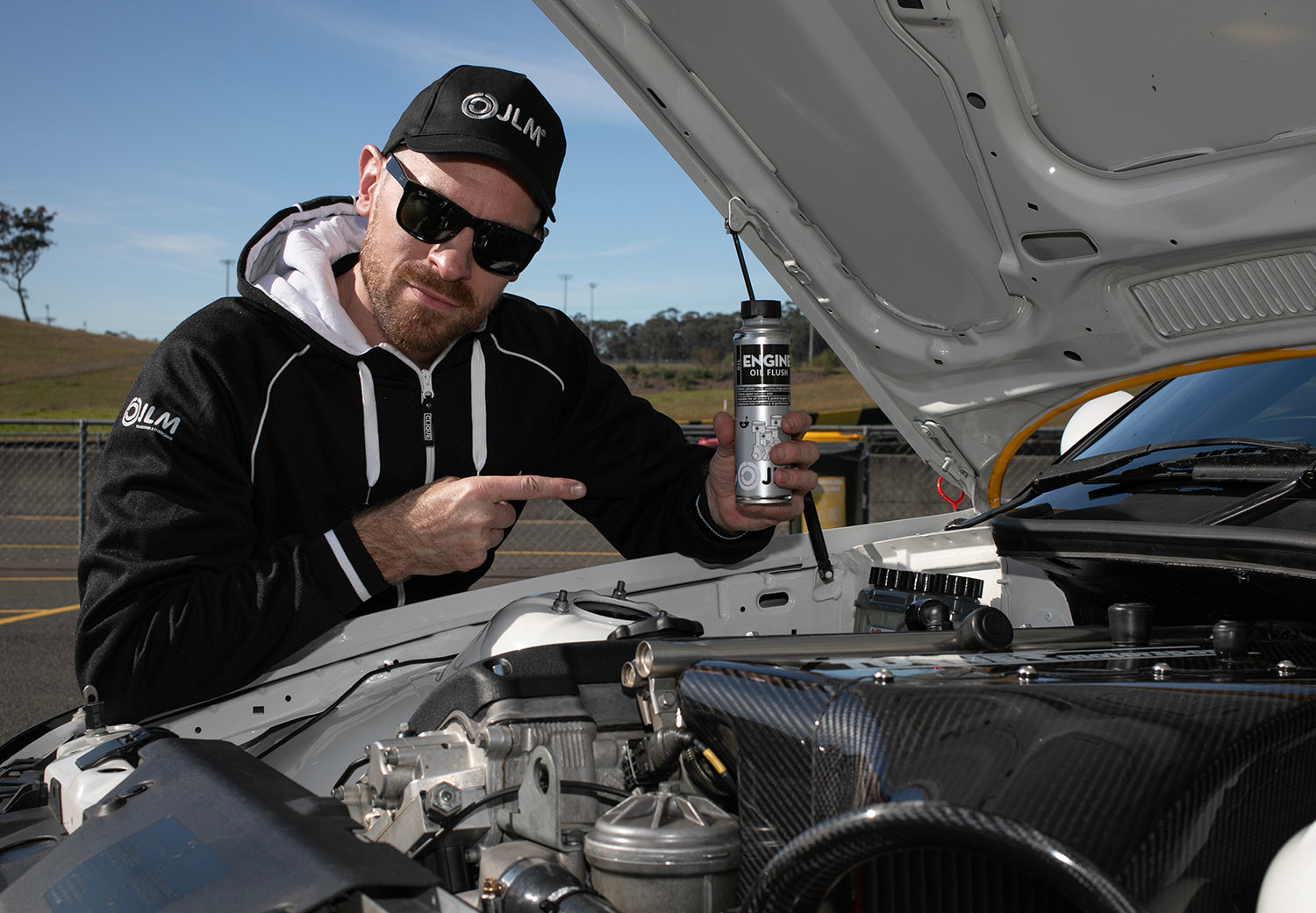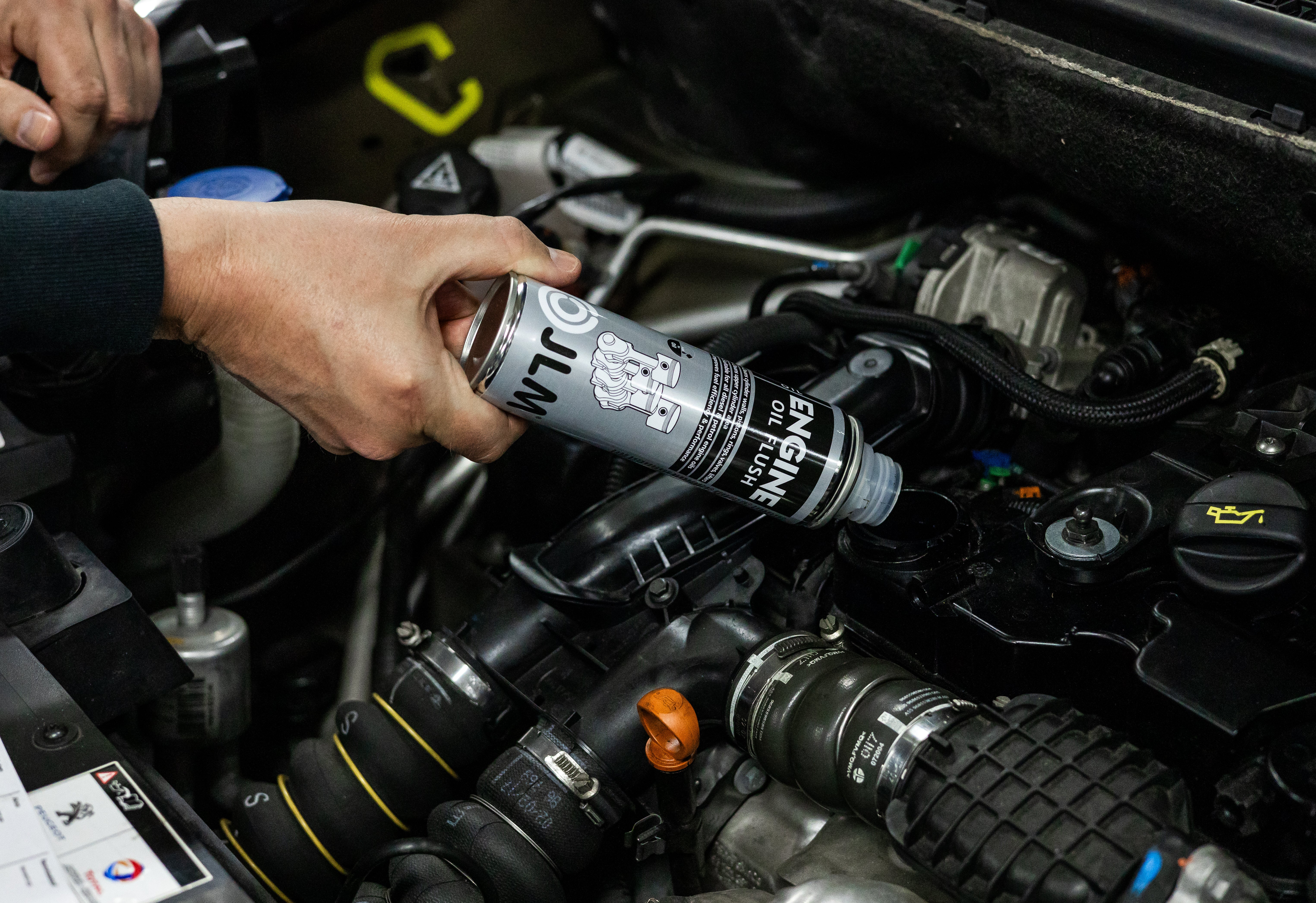
How do I know if I have a GDI engine in my car?
Key Features and Benefits of GDI Engines:
1. Direct Fuel Injection: Fuel is injected directly into the combustion chamber, allowing for a more precise air-fuel mixture and more efficient combustion.
2. Improved Fuel Efficiency: The precise control over the air-fuel mixture leads to better fuel economy compared to conventional fuel injection systems.
3. Increased Power: GDI engines can utilize higher compression ratios without the risk of knocking (pre-ignition), resulting in greater power output.
4. Lower Emissions: More efficient combustion processes reduce the emission of harmful gases, such as CO2.
How to Identify a GDI Car:
In 2016 for most European premium car brands (such as BMW, Mercedes-Benz, VW, Audi and Ford), GDI engines accounted for the majority of all petrol (gasoline) vehicles sales. Since then, vehicle emission standards from Euro 5 onwards have fueled the GDI system market whereas today pretty much every new petrol car has a GDI fuel system.
1. Vehicle Manual and Specifications: Check the vehicle’s owner’s manual or the manufacturer's specifications. GDI engines are often labeled with terms like "GDI," "T-GDI" (Turbocharged Gasoline Direct Injection), "FSI" (Fuel Stratified Injection, used by VAG such as Volkswagen, Seat, Audi and Porsche), "TFSI" (Turbocharged Fuel Stratified Injection, also VAG), “CGI” (Charged Gasoline Injection used by Mercedes Benz) or “SIDI” (Spark Ignited Gasoline Injection, Opel models).
2. Under the Hood: Inspecting the engine bay can provide clues. Look for fuel injectors mounted directly on the cylinder head, as opposed to traditional injectors located in the intake manifold.
3. Badges and Emblems: Some cars have badges or emblems on the exterior, typically on the trunk or front fenders, indicating that they have a GDI engine.
4. Diagnostic Tools: Modern vehicles are equipped with an OBD-II port that can provide diagnostic information. Using a suitable OBD-II scanner, you can check if the car is equipped with a GDI system.
For instance, if you own a Hyundai or Kia, these vehicles often have a "GDI" badge on the rear, indicating the presence of a Gasoline Direct Injection engine.
Summary
In summary, GDI engines offer several advantages, including better fuel efficiency, increased power, and lower emissions. To determine if your car has a GDI engine, you can check the vehicle manual, inspect under the hood, look for exterior badges, or use a diagnostic tool.


